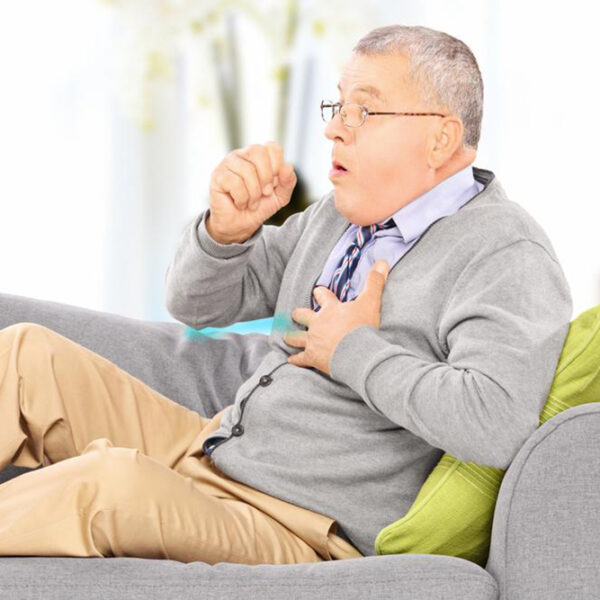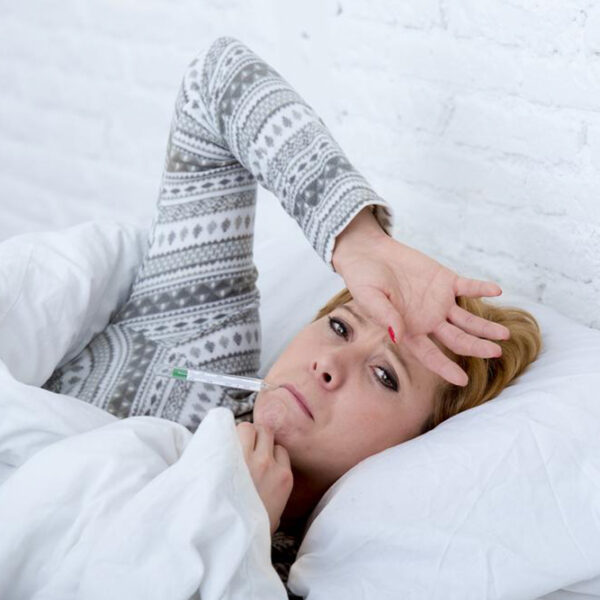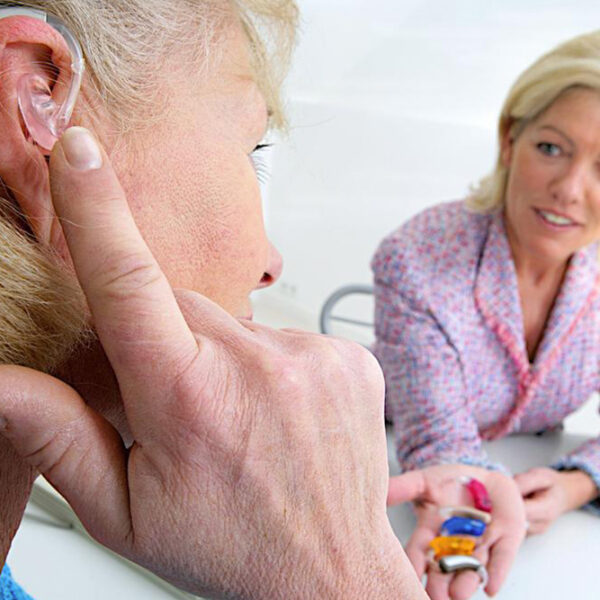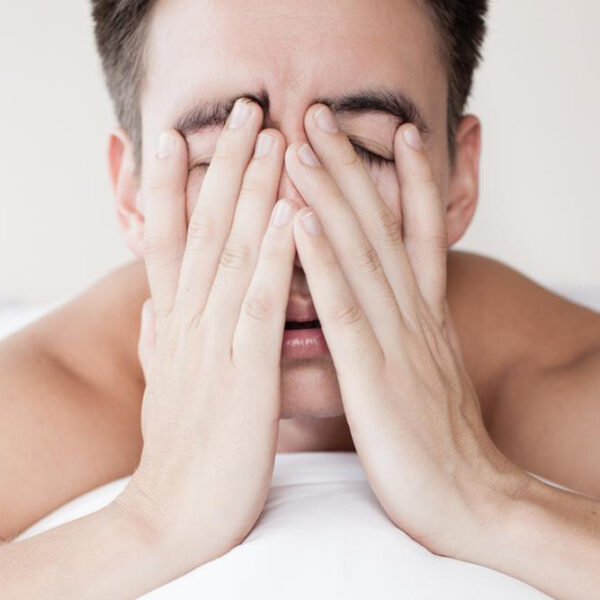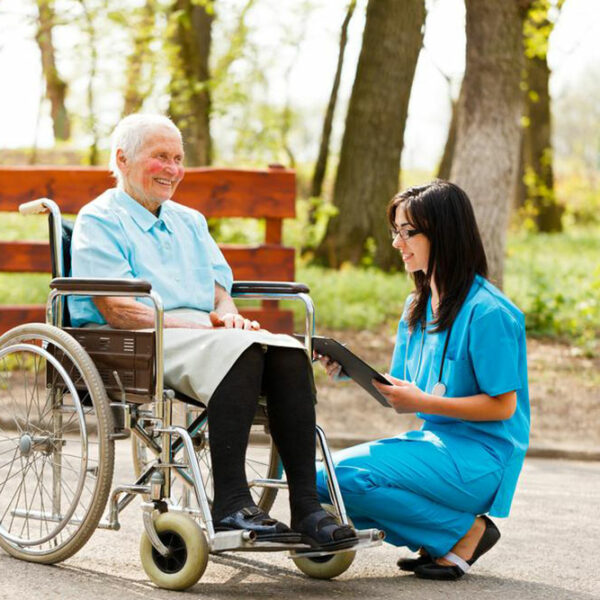
All you need to know about migraines
If you happen to be a victim of constant headaches, you are not alone. Headaches, especially migraines are attacks of moderate or even severe pain that occur as a result of specific alterations in one’s brain. However not all headaches are migraines and given below are some of the main indications and symptoms of a migraine. Major symptoms of migraine Nausea and sometimes even vomiting Throbbing pain in the eyes Extreme sensitiveness to sound and light A pain similar to a kind of severe pounding that occurs normally on one side of the head Blind spots Common triggers of migraine While the cause of migraine headaches cannot be clearly identified in some people, the most common culprits of a migraine include: Rooms filled with smoke of any kind Flickering or bright lights Allergic reactions Dehydration Passive or active smoking Physical stress like fatigue, exercise or jet lag Irregular sleep patterns Hormonal alterations like fluctuations in menstrual cycle, menopause or ingestion of birth control tablets Tension headaches Treatment for Migraines Normally migraine is treated with either prescription medications or over the counter pills. Common medications include Frova, Axert, Imitrex, Sumav, Zolmitripan and Maxalt, etc. It is found that alterations in diet and lifestyle and regular exercise can aid the lowering of the frequency of these migraine attacks.


